In the vast landscape of the genome, where genes are often perceived as stable entities fixed in their chromosomal positions, there exists a peculiar class of genetic elements that defy this conventional notion. Known as transposable elements (TEs) or "jumping genes," these genomic wanderers have the remarkable ability to relocate within the genome, sometimes with profound consequences for evolution and disease. Their discovery in the mid-20th century by geneticist Barbara McClintock challenged the static view of the genome, revealing a dynamic and ever-changing genetic landscape.
Transposable elements come in various forms, but they are broadly categorized into two classes based on their mechanism of movement. Class I TEs, or retrotransposons, move via an RNA intermediate—they are transcribed into RNA, reverse-transcribed back into DNA, and then inserted into a new genomic location. In contrast, Class II TEs, or DNA transposons, excise themselves from one site and reinsert elsewhere without an RNA intermediate. Both classes have played significant roles in shaping genomes across species, from bacteria to humans.
The impact of jumping genes on genome evolution is profound. By inserting themselves into new locations, they can disrupt genes, alter regulatory networks, or even introduce entirely new functions. In some cases, TEs have been co-opted by host genomes to serve beneficial roles, such as regulating gene expression or contributing to immune system diversity. For example, in humans, remnants of ancient transposable elements now make up nearly half of the genome, with some repurposed as enhancers or promoters that fine-tune the activity of nearby genes.
However, the mobility of TEs is not without risks. Uncontrolled transposition can lead to harmful mutations, genomic instability, and diseases such as cancer or neurodegenerative disorders. To mitigate these risks, organisms have evolved sophisticated defense mechanisms, including DNA methylation and RNA interference, to suppress TE activity. This ongoing arms race between transposable elements and host genomes has been a driving force in the evolution of genetic regulation and complexity.
Recent advances in genomics have shed new light on the role of TEs in adaptation and speciation. Studies in plants, insects, and mammals suggest that transposable elements can generate genetic diversity rapidly, enabling populations to adapt to environmental changes. In some cases, TE-induced mutations have been linked to the evolution of novel traits, such as pesticide resistance in insects or stress tolerance in crops. This has led scientists to reconsider the traditional view of TEs as mere "genomic parasites" and instead recognize them as key players in evolutionary innovation.
The study of jumping genes also has practical implications. Understanding TE dynamics can inform strategies for gene therapy, where engineered transposons are used to deliver therapeutic genes into patient genomes. Additionally, researchers are exploring how TE activity contributes to aging and age-related diseases, opening new avenues for biomedical interventions. As sequencing technologies continue to improve, the full extent of TE influence on biology and medicine is only beginning to be uncovered.
Despite their small size, transposable elements have left an outsized mark on the history of life. From driving genome expansion to facilitating adaptation, these genomic nomads illustrate the fluidity and creativity of evolution. As Barbara McClintock once remarked, the genome is not a static blueprint but a dynamic organ of the cell, capable of remarkable transformation. The story of jumping genes is a testament to this enduring truth, reminding us that even the smallest genetic elements can have far-reaching consequences.
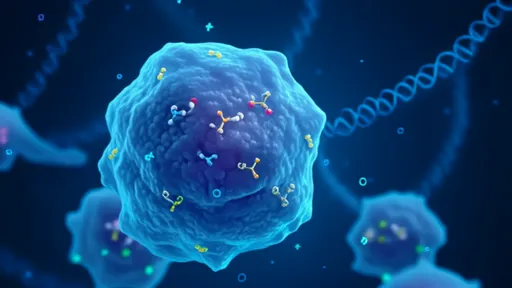
By /Jul 3, 2025
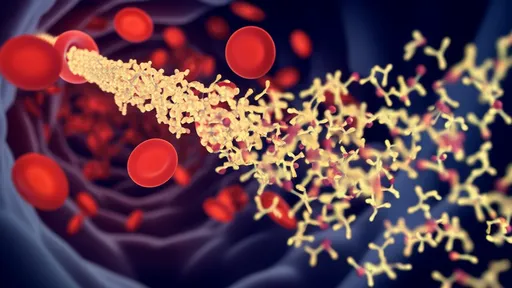
By /Jul 3, 2025
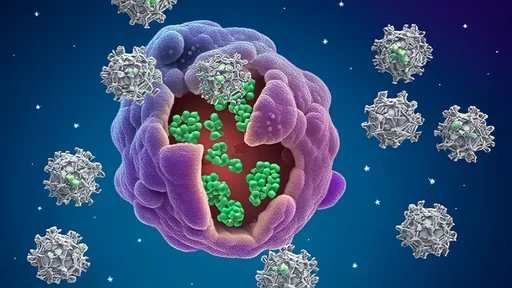
By /Jul 3, 2025
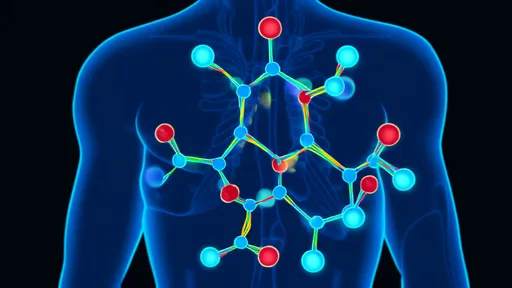
By /Jul 3, 2025

By /Jul 3, 2025
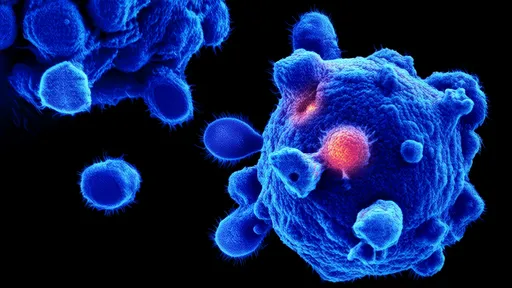
By /Jul 3, 2025
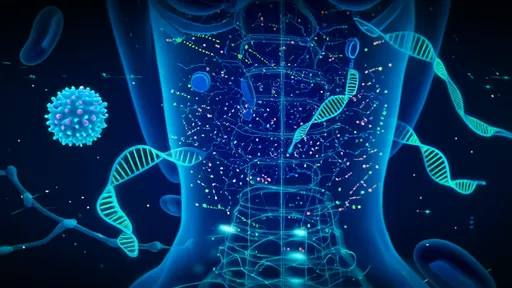
By /Jul 3, 2025

By /Jul 3, 2025

By /Jul 3, 2025

By /Jul 3, 2025

By /Jul 3, 2025

By /Jul 3, 2025

By /Jul 3, 2025

By /Jul 3, 2025
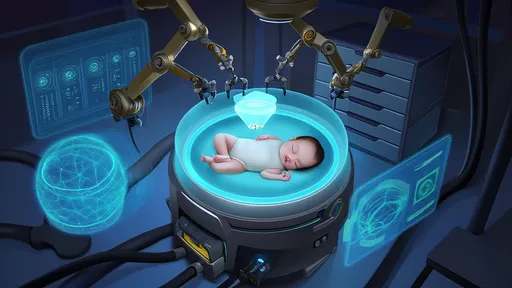
By /Jul 3, 2025

By /Jul 3, 2025
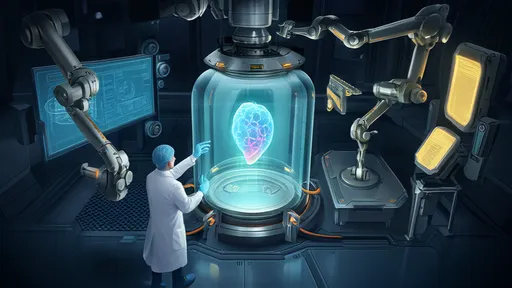
By /Jul 3, 2025
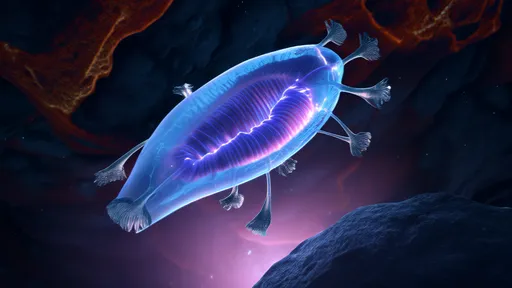
By /Jul 3, 2025
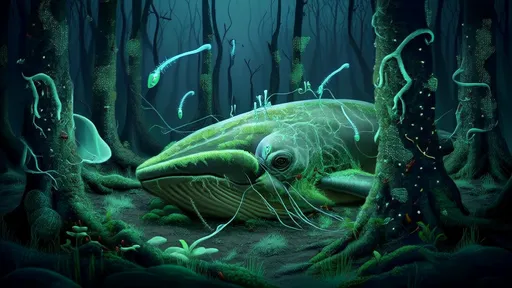
By /Jul 3, 2025
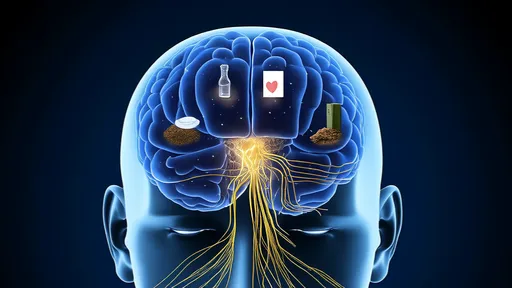
By /Jul 3, 2025